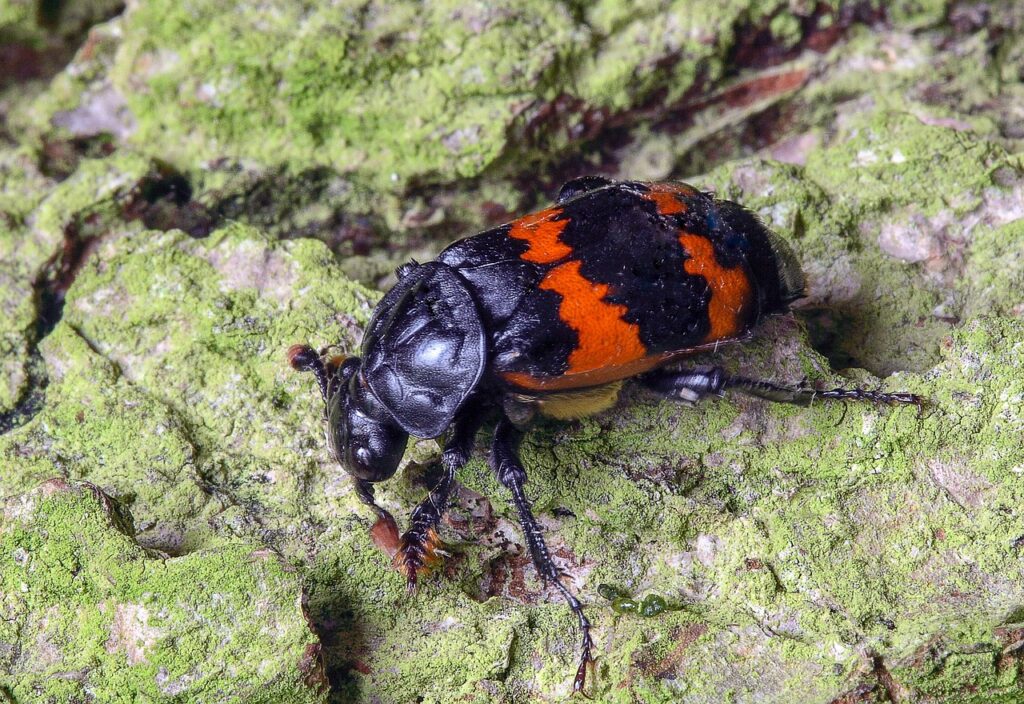Your grandmother’s antique Persian rug might be harboring more than just decades of memories. That musty smell wafting from your vintage book collection could be the calling card of tiny invaders who’ve made themselves completely at home. These aren’t your average household pests – they’re specialized creatures that have evolved to thrive in the forgotten corners of our homes, feeding on the very things we treasure most.
The Book Louse: A Literary Parasite
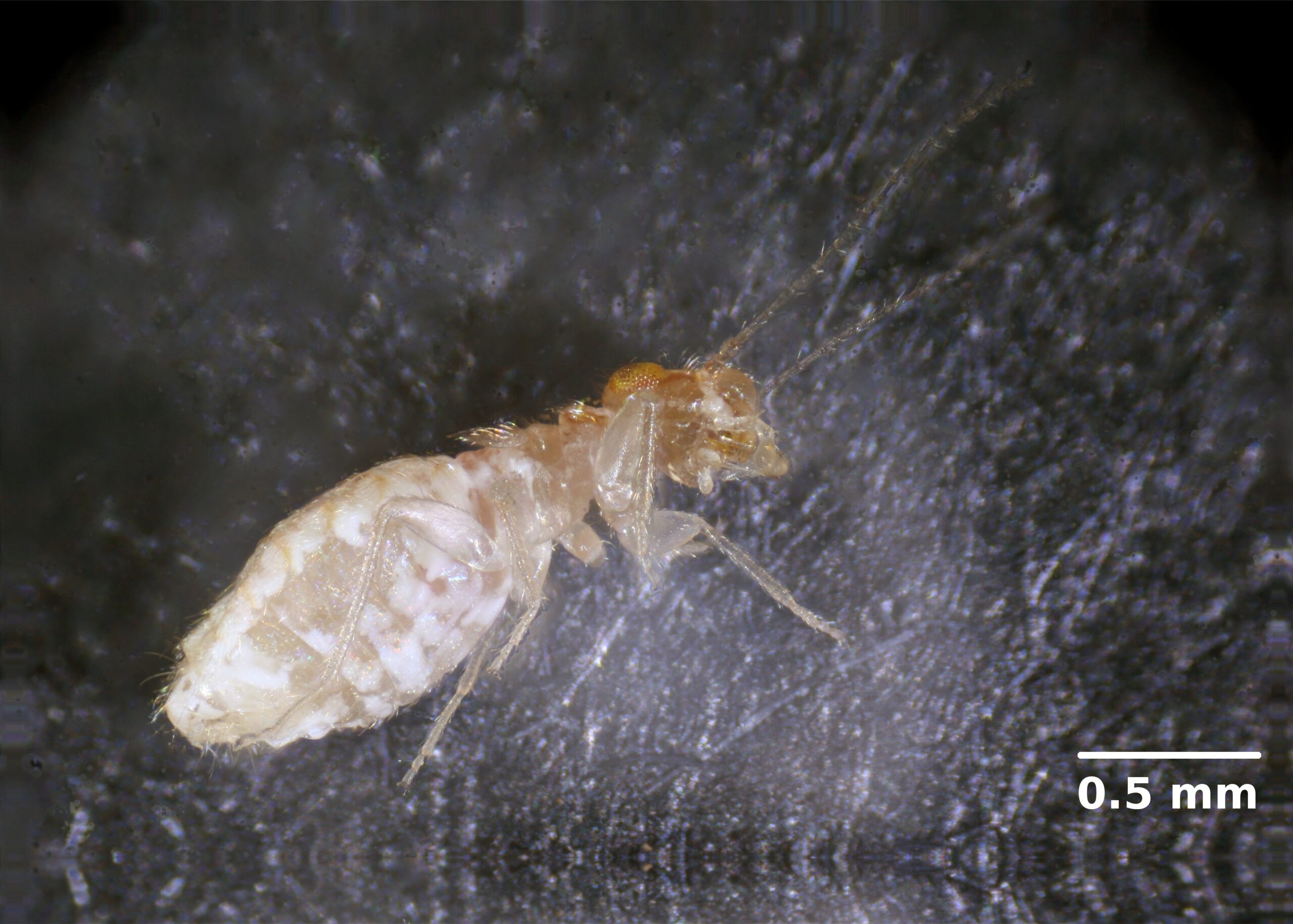
Despite their name, book lice aren’t actually lice at all. These microscopic creatures, scientifically known as Liposcelis bostrychophila, measure less than 2 millimeters and have a particular fondness for the glue bindings in old books. They’re nearly translucent, making them incredibly difficult to spot until their population explodes.
What makes book lice particularly troublesome is their ability to survive in low-humidity environments where other pests would perish. They feed on the starch-based adhesives used in book binding, as well as any mold or mildew that might be growing on paper. A single female can lay up to 100 eggs in her lifetime, which explains why infestations can seem to appear overnight.
Carpet Beetles: The Fabric Destroyers
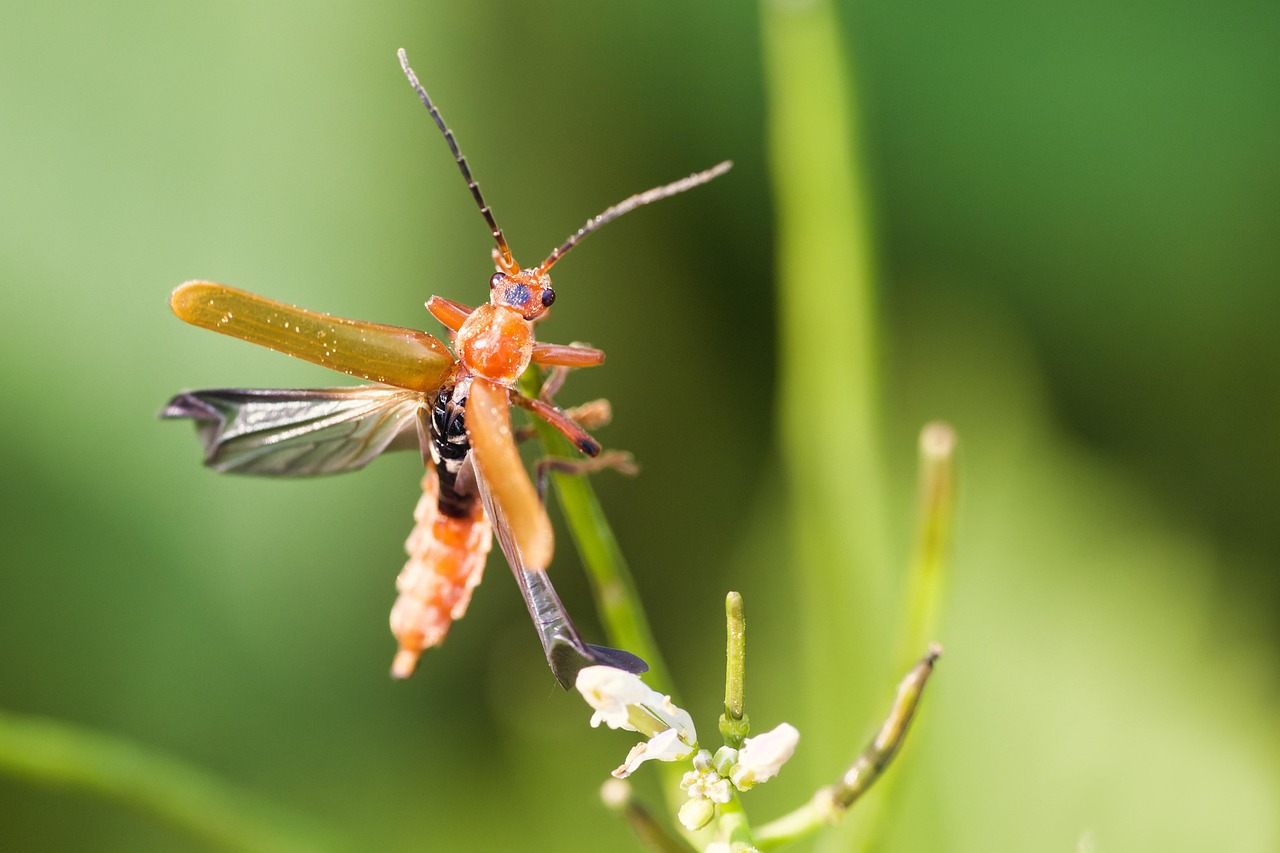
Carpet beetles are perhaps the most destructive of all textile pests, and they’re not picky about their dining choices. These small, oval-shaped insects come in several varieties, but the varied carpet beetle (Anthrenus verbasci) is the most common household invader. Their larvae are the real culprits, resembling tiny, hairy caterpillars that can chew through wool, silk, and cotton with alarming efficiency.
These beetles have an unusual life cycle that makes them particularly challenging to eliminate. Adult beetles actually feed on flower nectar and pollen outdoors, but they sneak into homes to lay their eggs in dark, undisturbed areas. The larvae that hatch can remain in this destructive stage for up to two years, slowly munching their way through your precious textiles.
Silverfish: Ancient Survivors
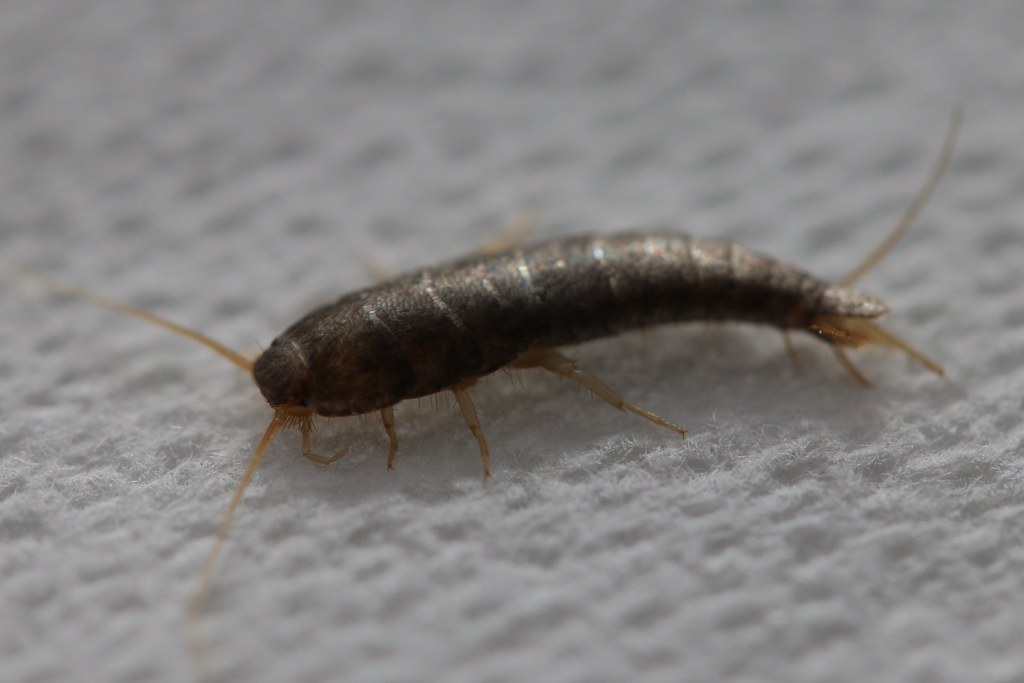
Silverfish have been around for roughly 400 million years, making them one of the oldest insects on Earth. These wingless, silver-scaled creatures move with an eerie, fish-like motion that gives them their name. They’re nocturnal by nature, which means you’ll rarely catch them in the act of destruction.
What makes silverfish particularly insidious is their varied diet. They’ll consume everything from book bindings and wallpaper paste to natural fibers in curtains and clothing. Their ability to survive for months without food means they can establish themselves in rarely-used spaces like attics or storage rooms before you even realize they’re there.
Clothes Moths: The Wardrobe Wreckers
The common clothes moth (Tineola bisselliella) is a master of stealth, with adults that are only about half an inch long and prefer to stay hidden during daylight hours. Unlike their outdoor cousins who are attracted to light, clothes moths actually avoid bright areas, making them perfect for lurking in closets and storage areas.
It’s the moth larvae that cause the real damage, creating irregular holes in natural fibers like wool, cashmere, and silk. These tiny caterpillars can distinguish between different types of fabric, showing a clear preference for materials that contain keratin – the same protein found in human hair and fingernails. A single larva can create dozens of holes before pupating into an adult moth.
Dust Mites: Microscopic Menaces
Dust mites are so small that they’re practically invisible to the naked eye, measuring only about 0.3 millimeters in length. These arachnids – they’re actually related to spiders and ticks – thrive in the warm, humid conditions found in bedding, upholstered furniture, and heavy curtains. They feed primarily on dead skin cells that humans naturally shed.
What’s particularly unsettling about dust mites is their sheer numbers. A single mattress can harbor millions of these creatures, and they reproduce at an alarming rate. While they don’t actually bite or sting, their waste products and decomposing bodies can trigger severe allergic reactions in sensitive individuals.
Drugstore Beetles: The Omnivorous Invaders
Drugstore beetles (Stegobium paniceum) earned their name from their historical habit of infesting pharmacies, but they’re equally at home in libraries and textile storage areas. These small, brown beetles are incredibly versatile feeders, capable of digesting materials that would be toxic to most other insects, including certain spices and even some poisons.
Their larvae are particularly destructive, boring small, round holes through books, paper, and fabric. They can even chew through thin layers of plastic and metal foil, making them notoriously difficult to contain. The beetles’ ability to survive on such a varied diet means they can establish thriving colonies in environments where other pests would starve.
Cigarette Beetles: Small but Mighty
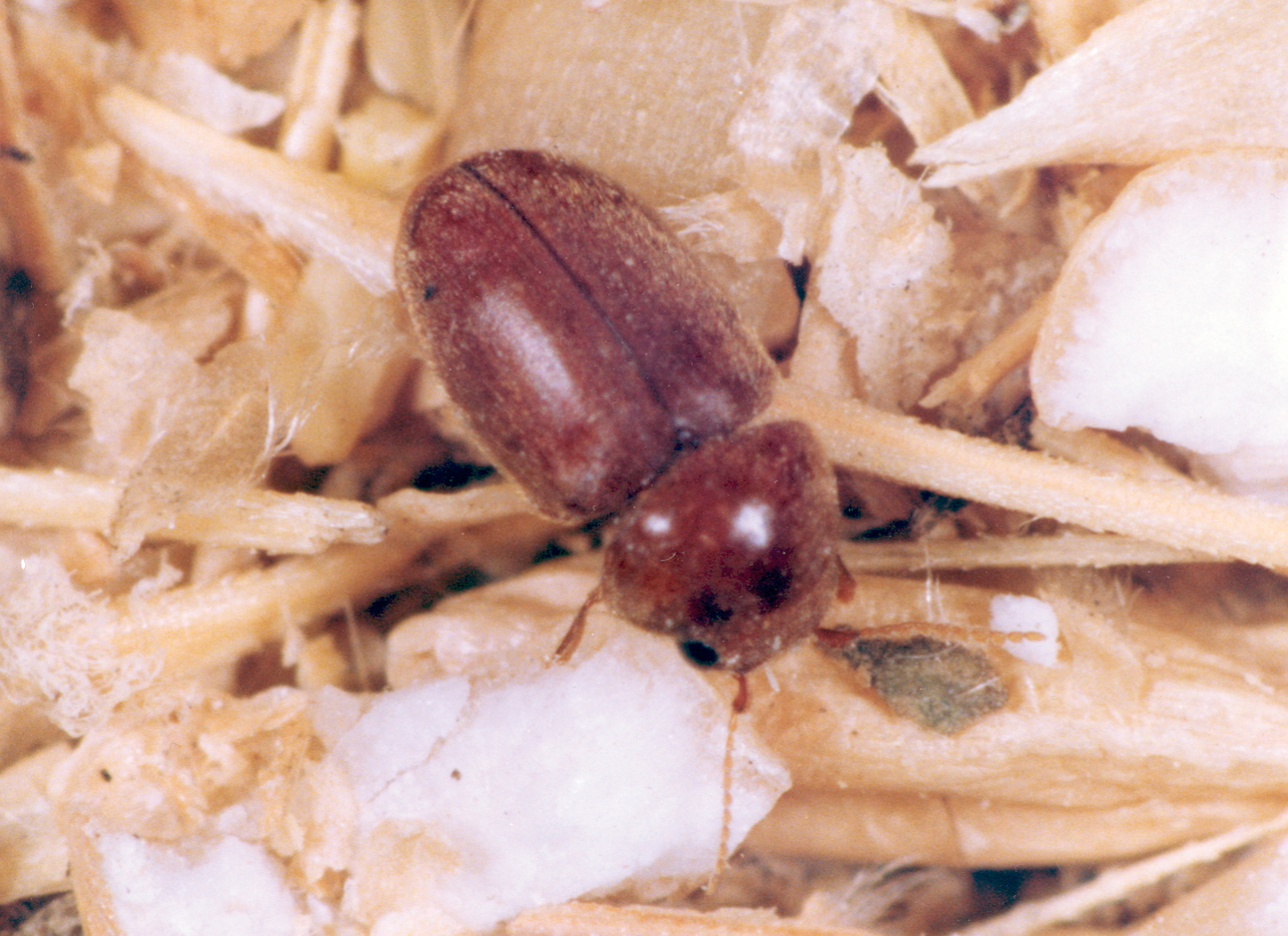
Cigarette beetles (Lasioderma serricorne) are closely related to drugstore beetles but have their own unique preferences. These reddish-brown insects are particularly attracted to stored tobacco products, dried herbs, and spices, but they’ll happily make themselves at home in old books and paper products as well.
The larvae of cigarette beetles are voracious feeders that can tunnel through surprisingly thick materials. They’ve been known to chew through entire volumes of encyclopedias, leaving behind networks of tunnels that can completely destroy a book’s structural integrity. Their ability to survive in low-oxygen environments makes them particularly problematic for items stored in sealed containers.
Spider Beetles: The Scavengers

Spider beetles get their name from their rounded abdomens and long legs, which give them a distinctly spider-like appearance. The American spider beetle (Mezium americanum) is particularly common in older homes, where they feed on a variety of organic materials including book bindings, fabric, and even dried insects.
These beetles are excellent at finding their way into seemingly sealed storage areas, squeezing through cracks that seem impossibly small for their size. They’re also remarkably long-lived, with some species capable of surviving for over a year without food, making them perfect for establishing populations in rarely-disturbed areas.
Powder Post Beetles: The Wood Borers
While not exclusively textile pests, powder post beetles (Lyctus species) can cause significant damage to wooden bookshelves, picture frames, and furniture that support your precious collections. These beetles lay their eggs in the pores of hardwood, and their larvae tunnel through the wood, creating a fine, powdery sawdust that gives them their name.
The damage from powder post beetles often goes unnoticed until it’s severe, as the beetles create their tunnels entirely within the wood. The first sign of an infestation is usually small, round holes in the wood surface, accompanied by tiny piles of sawdust. By the time these signs appear, the structural integrity of the wood may already be compromised.
Booklice Revisited: The Moisture Detectives
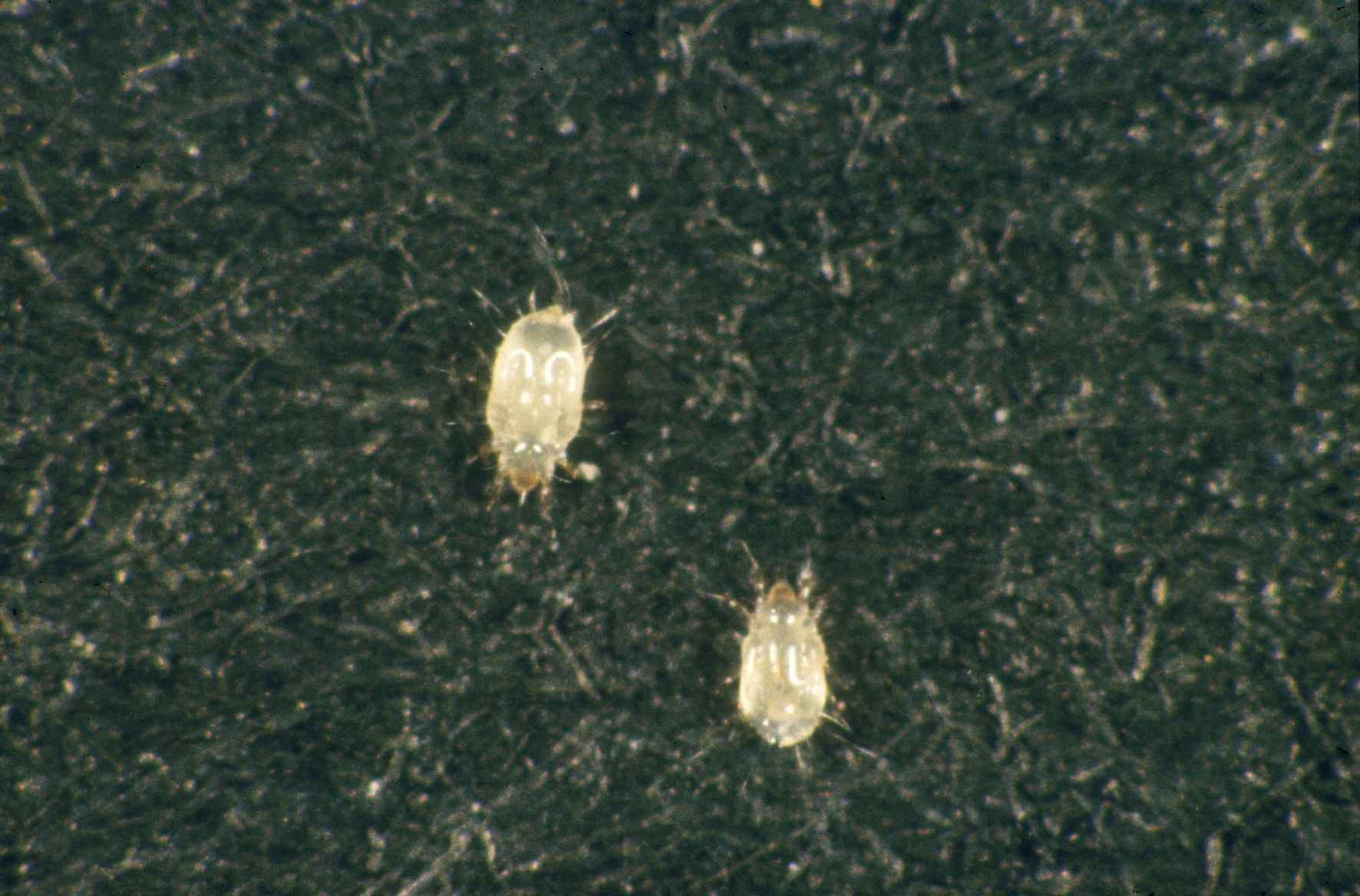
Booklice populations serve as natural barometers for moisture problems in your home. These tiny insects require relatively high humidity levels to survive, so their presence often indicates underlying moisture issues that could lead to mold growth or structural damage. They’re particularly common in basements, bathrooms, and areas with poor ventilation.
Unlike many other pests, booklice are actually beneficial in small numbers, as they feed on mold spores and organic debris. However, large populations can indicate serious moisture problems that need immediate attention. Their rapid reproduction rate means that a small moisture issue can quickly become a major infestation.
Firebrats: The Heat Seekers
Firebrats (Thermobia domestica) are closely related to silverfish but prefer warmer environments, often congregating near heating systems, fireplaces, and hot water pipes. These insects are particularly troublesome because they can survive in temperatures that would kill most other household pests, making them well-suited to modern heated homes.
Like their silverfish cousins, firebrats feed on carbohydrates and proteins found in paper, fabric, and book bindings. They’re particularly attracted to sizing agents used in paper manufacturing and the natural starches found in cotton and linen fabrics. Their preference for warm areas means they often establish colonies in attics and areas near heating systems.
Carpet Moth Larvae: The Hidden Destroyers
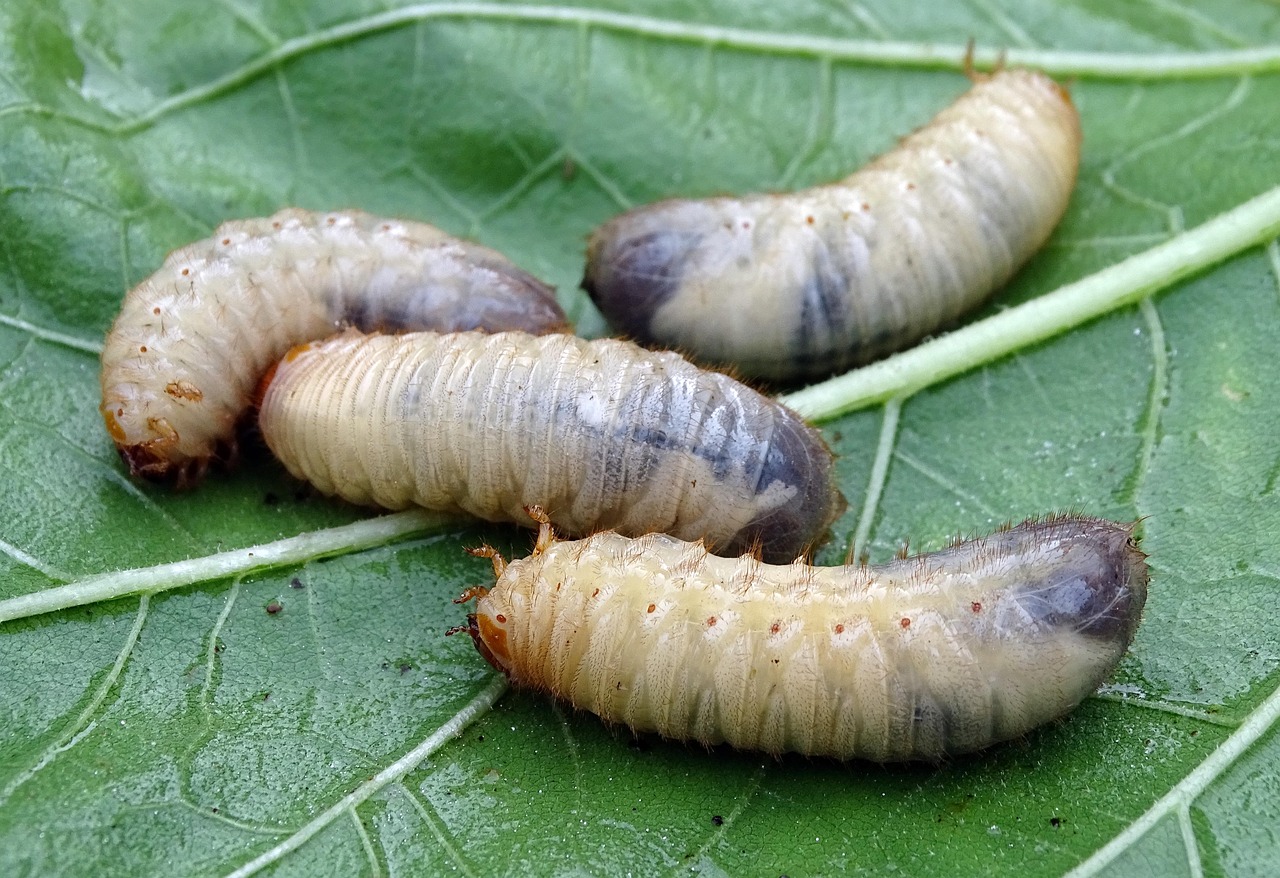
Carpet moth larvae are often confused with clothes moth larvae, but they’re actually a distinct species (Trichophaga tapetzella) with their own unique feeding preferences. These larvae show a particular fondness for wool carpets and rugs, creating bare patches that can completely ruin expensive floor coverings.
What makes carpet moth larvae particularly destructive is their feeding pattern. Unlike clothes moths that create irregular holes, carpet moths tend to eat along the base of carpet fibers, creating areas where the pile simply falls away. This damage is often irreversible, as the larvae destroy the carpet’s foundation structure.
Case-Bearing Moth Larvae: The Architects
Case-bearing moth larvae (Tinea pellionella) are unique among fabric pests because they construct portable cases from the very materials they’re destroying. These tiny caterpillars create silk tubes that they camouflage with fibers from their host material, making them incredibly difficult to detect until damage is severe.
The larvae’s ability to move their cases to new feeding areas means they can spread damage across multiple items before being discovered. They’re particularly problematic in storage areas where they can move freely between different textiles, creating widespread damage that might not be noticed for months or even years.
Signs of Infestation: What to Look For
Identifying an infestation early is crucial for minimizing damage to your treasured possessions. Look for small holes in fabric or paper, particularly along seams and edges where larvae tend to feed first. Fine, powdery debris around books or textiles often indicates active feeding by beetle larvae.
Many of these pests are active at night, so you might notice them scurrying for cover when you turn on lights in storage areas. Cast-off skins from molting larvae, small brown or black specks (insect droppings), and a musty or sweet odor can all indicate pest activity. Regular inspection of stored items is your best defense against these hidden invaders.
The battle against these household invaders requires vigilance and understanding of their behavior patterns. These ancient survivors have adapted to live alongside humans for thousands of years, making them formidable opponents in the war for our precious possessions. By recognizing the signs early and taking preventive measures, you can protect your books, rugs, and curtains from becoming an all-you-can-eat buffet for these persistent pests. What treasures in your home might be hosting these uninvited guests right now?

